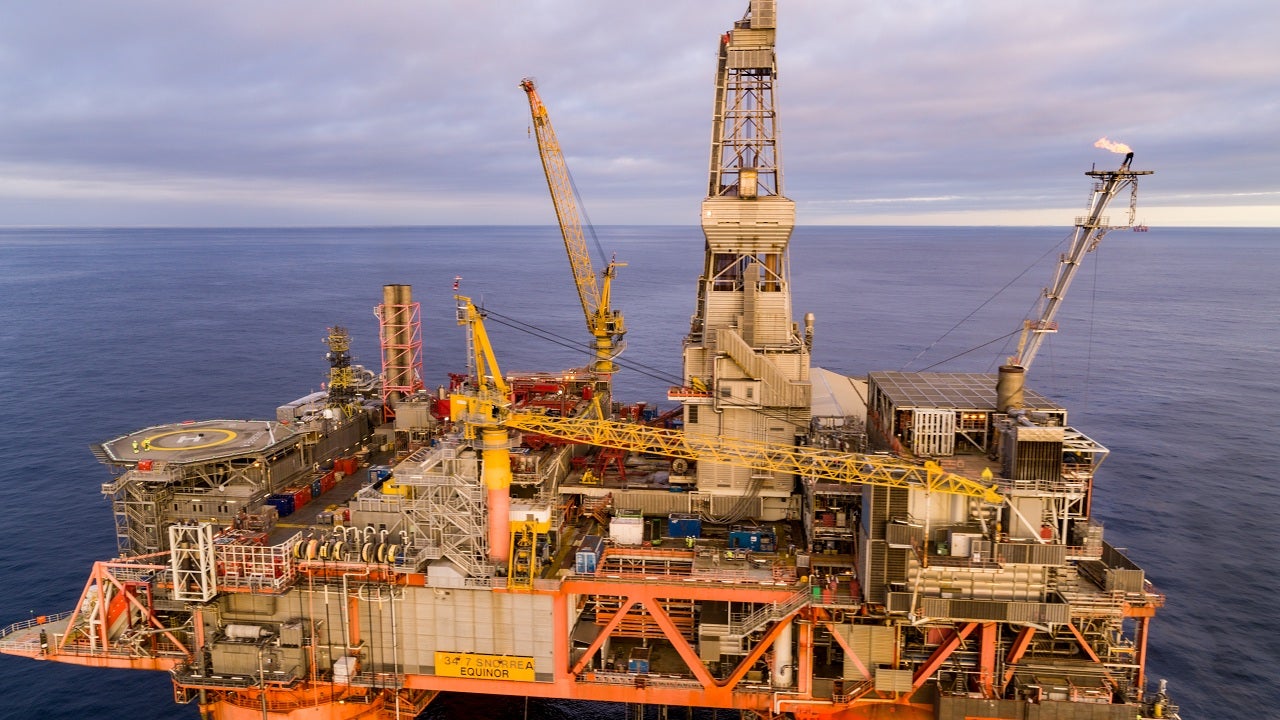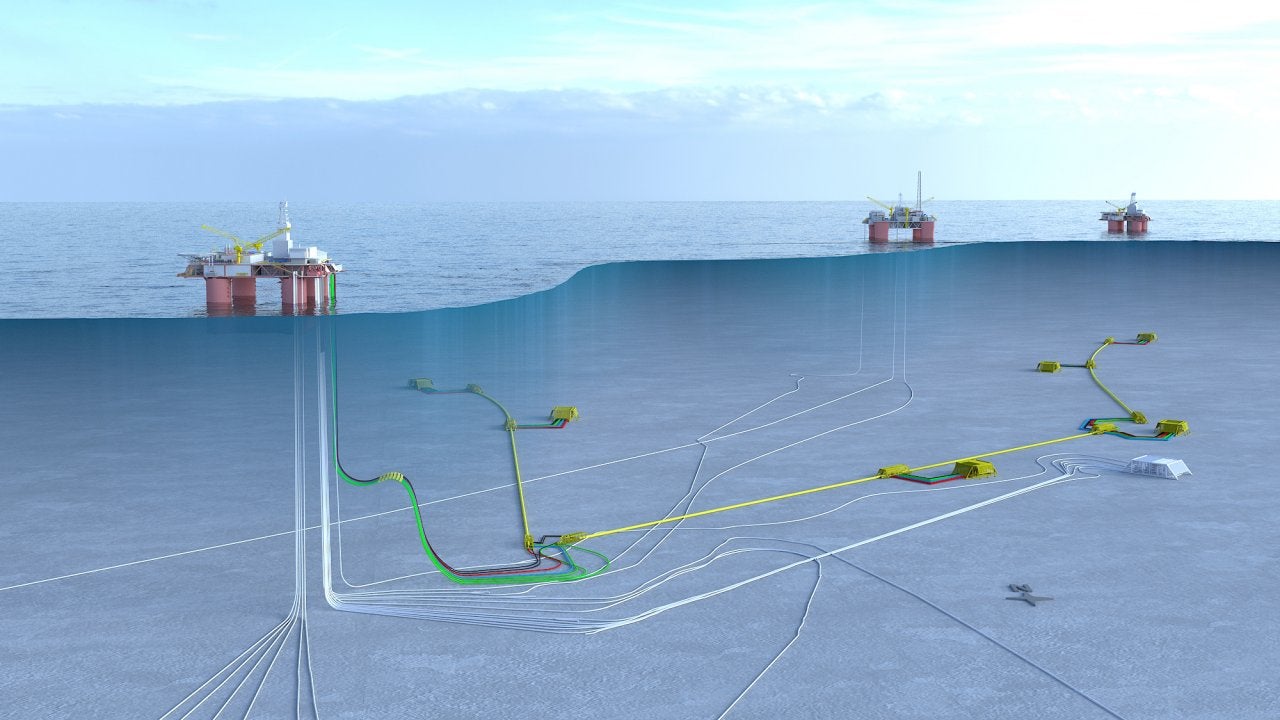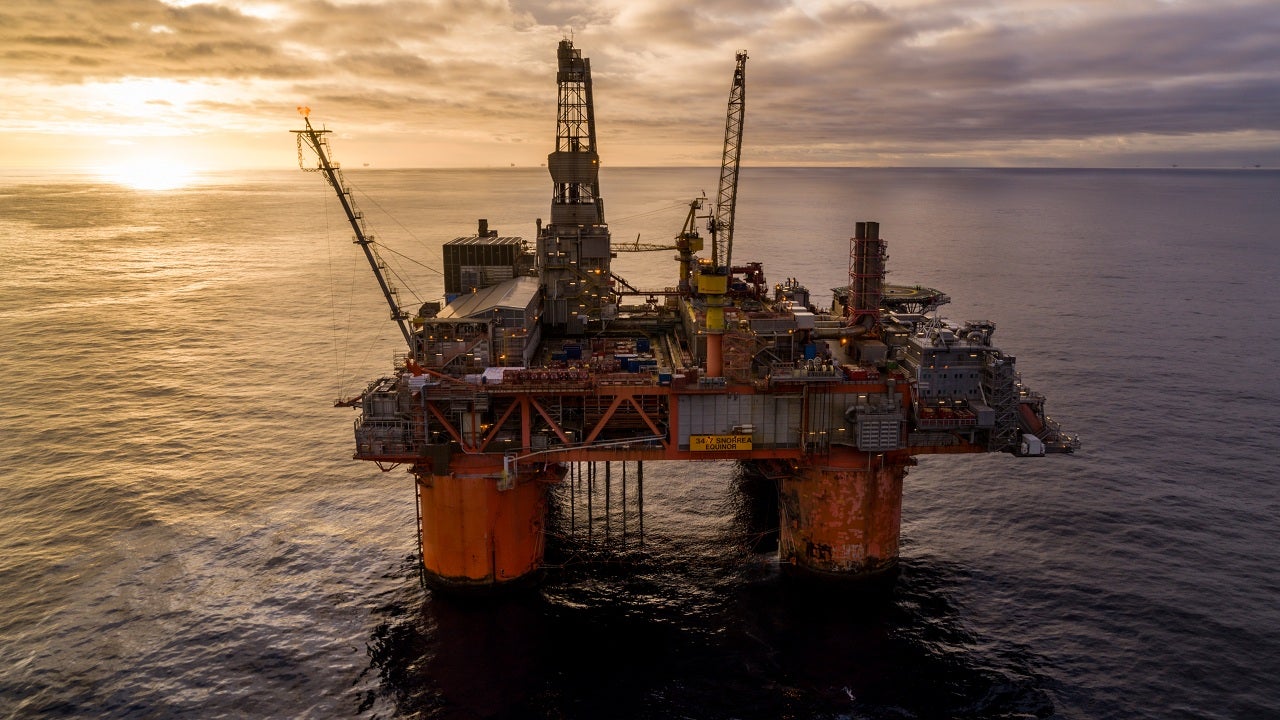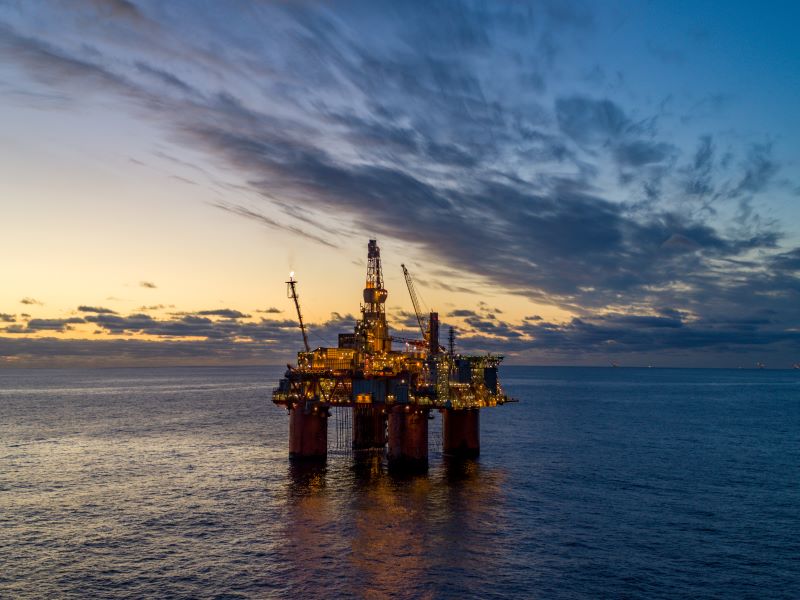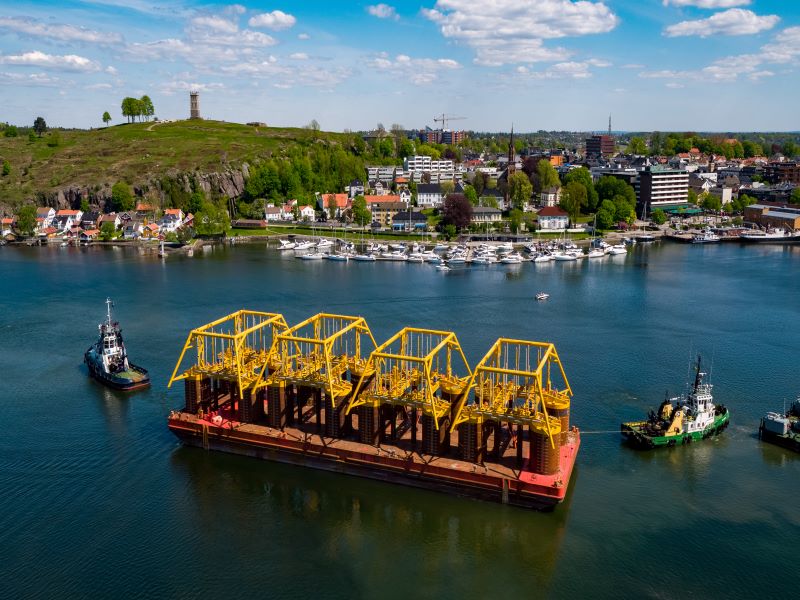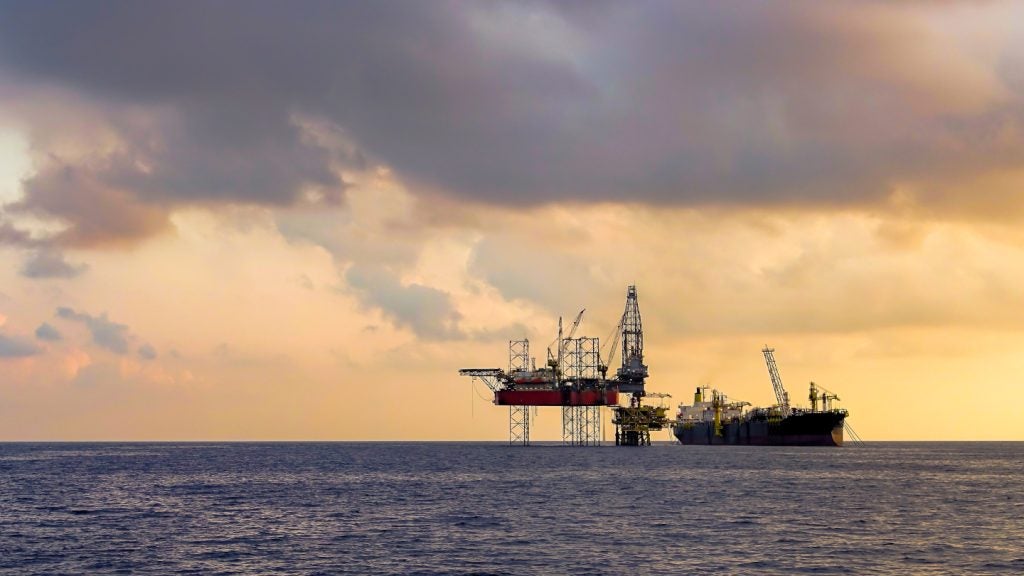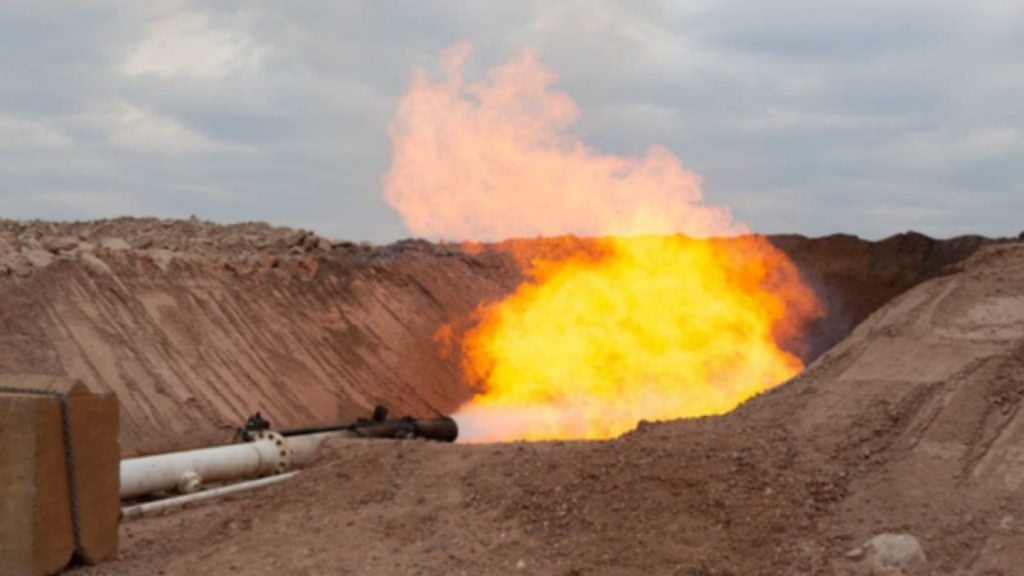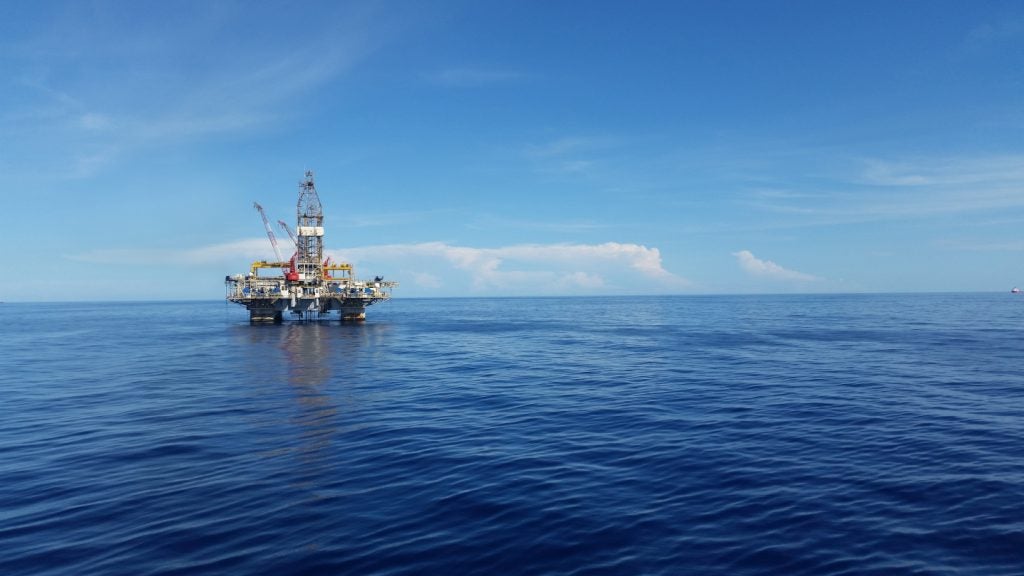Snorre is a giant oil and gas field located in blocks 34 / 4 and 34 / 7, approximately 200km west of Floro in the Tampen area of the Norwegian North Sea, Norway.
The field lies at a water depth between 300m and 380m. Block 34 / 4 was awarded in 1979 while block 34 / 7 in 1984.
The Snorre field is operated by Equinor Energy with a stake of 33.27%. Other partners in the project include Petoro (30% interest), Var Energi (18.55%), Idemitsu Petroleum (9.6%), and Wintershall Dea Norge (8.57%).
The Snorre field has two platforms named Snorre A and Snorre B. Two satellite fields, Vigdis and the Vigdis extension are also connected to the platforms.
The operator submitted a plan for development and operation (PDO) for the Snorre expansion project in December 2017, which started production in December 2020. The expansion project is expected to increase the field recovery rate to 51% with an estimated production of 200 million barrels of oil.
Multiple contracts worth more than $1.0bn (Nkr9bn) were awarded for the Snorre expansion project. The field is strategically important for Equinor to create long-term value and activity on the Norwegian continental shelf (NCS).
Snorre expansion project details
A total of 24 new wells comprising 12 producer wells and 12 for injection will be developed over the coming years at depths ranging between 300m and 380m. Five of the new wells came online by December 2020. Six new subsea templates will be established and connected to the Snorre A platform by pipelines and umbilicals.
Snorre A platform is also being upgraded for the reception and production activities from the new subsea templates. The expansion project is expected to extend the lifetime of the Snorre field to 2040.
Snorre A platform
Snorre A is a tension leg platform (TLP) with integrated production, drilling and quarters installation unit. It is moored to the seabed by 16 steel tethers and stabbed into four 5,700t concrete foundation templates.
The 30,000t steel hull was constructed by Kvaerner Rosenberg and the subcontractor Belleli. It was mated to the 30,000t steel deck built by Aker Stord.
Installation was assisted by the M700 crane barge and set up by Rockwater.
The 2,400t subsea production system is located at a 335m depth and was lifted by Saipem’s M7000 crane vessel in a tandem lift.
The guidelineless system allows six oil wells and four water injectors to produce up to 60,000 barrels per day (bpd).
Snorre A originally came on stream in August 1992.
Snorre B platform
Snorre B is a four-column semi-submersible platform with drilling, processing and accommodation facilities. It lies approximately 7km north of the Snorre A platform.
It is also equipped with a subsea production system. Snorre B transports the oil to the Statfjord B platform for storage and export via a 45km-long pipeline. Gas from the field is partially injected back to the reservoir and the remaining is transported to continental Europe via the Snorre A platform.
Snorre geology
The Snorre reserves lie in the fluvial sands of the Lunde formation from the late Triassic period and the Statfjord formation is early Jurassic.
Snorre reserves
Estimates of proven and probable oil reserves have shown a positive trend, which has risen by almost 84% since the plan for development and operation was first presented in 1987.
Snorre’s recoverable reserves were originally estimated at 310.7 million Sm³ (1.95 billion barrels) of oil, 6.7 million standard cubic metres (236.51 million cubic feet) of gas, and nine million standard cubic metres (56.6 million barrels) of natural gas liquids, according to the Norwegian Petroleum Directorate.
The total reserves were estimated at 326.4 million standard cubic metres (2.05 billion barrels) of oil equivalent while the remaining reserves are estimated at 85.4 million standard cubic metres (537.14 million barrels) of oil equivalent.
The original plan for Snorre put daily oil production capacity at roughly 186,305bpd.
The plan was upgraded in 1997 to 245,000bpd, with a further 115,000bpd added when the processing module for the Vigdis crude was installed, giving a daily capacity of 360,000bpd.
Oil and gas recovery
The drive mechanism is based on water alternating gas (WAG) injection down-flank in the entire Statfjord formation.
It is estimated that 41% of the stock tank oil originally in place in the field can be produced.
Snorre phase one
Snorre was developed in two phases. The first phase concentrated on the southern part of the field, which features 150 million cubic metres (Mcm) of recoverable oil reserves.
A subsea production system tied back to the Snorre A platform is used for production.
Phase one of the Snorre development is based on 46 oil wells, comprising 36 drilled from the TLP, six predrilled and the other 30 drilled during production, as well as another ten at the subsea station.
Snorre phase two
Phase two embraces the field’s northern flank, which was developed with the Snorre B platform.
The northern flank is thought to contain up to 25% of the field’s recoverable oil.
Snorre B came on stream in June 2001 from well C-5, sending fully processed crude through a 45km pipeline to the Statfjord B field for storage and transport.
Two further wells were then brought on stream, bringing production up to an expected level of 70,000bpd.
Associated gas is injected into the reservoir or piped via the Snorre A platform to the Statpipe system.
Snorre B produces 113,000bpd at its peak. An estimated 362 million barrels of oil will be recovered from Snorre B.
In December 2009, the operator decided to invest $861m (Nkr5bn) for the modification and maintenance of the Snorre field.
The developments include increasing the accommodation capacity and the replacement of fire and gas alarm systems at the platform.
Contractors involved
Subsea equipment contract was awarded to FMC Technologies in January 2010.
FMC awarded a $9.4m subcontract to Scana in March 2010 to supply finished machined riser forgings.
Aker was awarded a contract to carry out engineering and maintenance work for the offshore installations at the field in June 2010.
Technip received a €23m contract in August 2010 to connect the Snorre A and B platforms through a 9km-long rigid steel flow-line.
The work also included the installation of flexible risers. Equinor signed contracts with TechnipFMC, Subsea 7, and Transocean for the expansion project. TechnipFMC is responsible for engineering, procurement, and construction (EPC) services for the expansion project. Wood Group received a design contract for the project.
Norwegian company Aibel was contracted to perform modifications to the Snorre A platform for the expansion, including the construction of a new module.
Multi-national oilfield services company Halliburton was selected for integrated well services, while subsea services provider Deep Ocean was chosen for marine installations.

